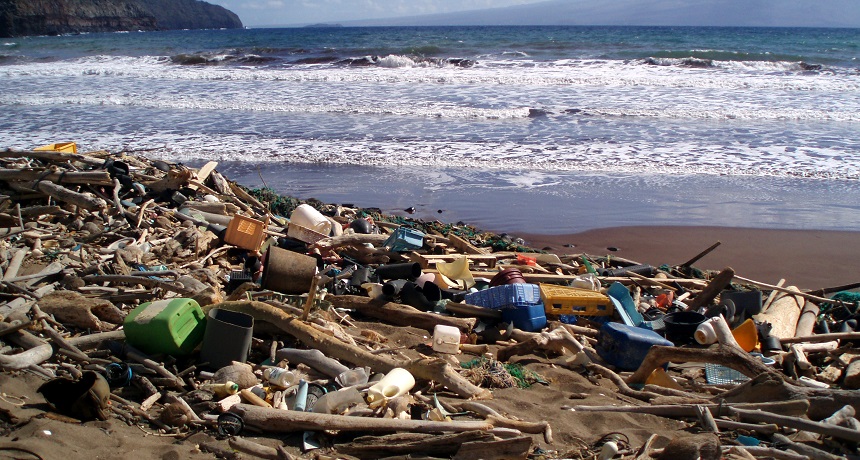QUESTIONS for Tiny Plastic, Big Problem

Detergent bottles, crates, buoys, water bottles and other plastic garbage blanket a beach on the Hawaiian Island of Kaho'olawe. It’s a “hot spot” for accumulating ocean debris — including plastics.
NOAA

Detergent bottles, crates, buoys, water bottles and other plastic garbage blanket a beach on the Hawaiian Island of Kaho'olawe. It’s a “hot spot” for accumulating ocean debris — including plastics.
NOAA
Register to access:
An error occurred. Please try again.
Already Registered? Enter your e-mail address above.